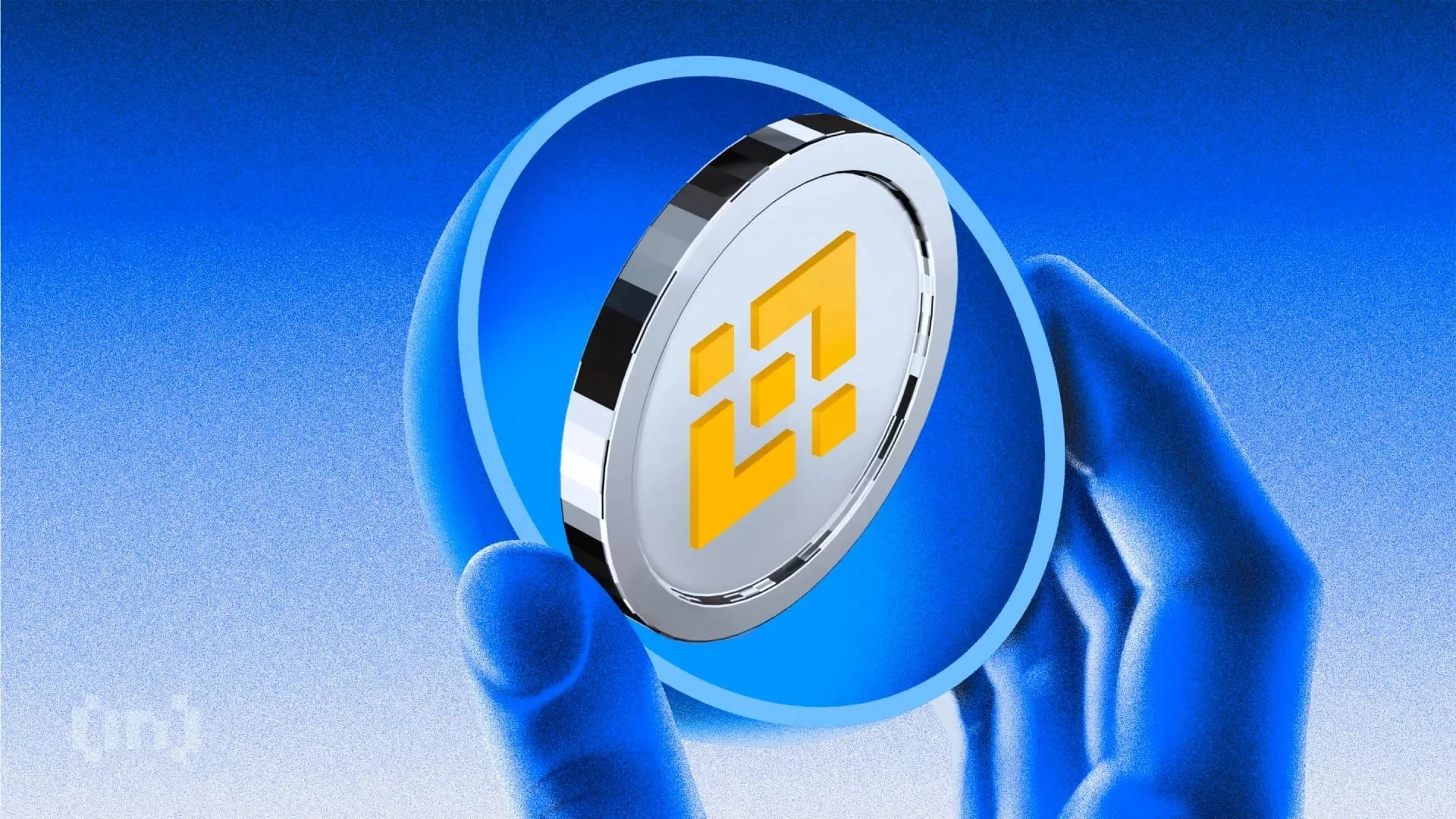In the ever-evolving world of blockchain technology, on-chain governance stands out as a revolutionary approach to decision-making․ It’s a system where the rules and protocols of a blockchain are not set in stone but can be modified through a democratic process involving network participants․
What is On-Chain Governance?
Содержание статьи:
At its core, on-chain governance refers to the decision-making processes that occur directly on a blockchain․ It allows participants within a blockchain network to collectively decide on changes, improvements, or amendments to the blockchains protocol, rules, or parameters․
Unlike traditional, or off-chain, governance models where decisions are made by a small group of individuals or organizations, on-chain governance empowers stakeholders to participate directly in shaping the future of the network․
How Does It Work?
The process typically involves:
- Proposal Submission: Network participants can propose changes to the blockchain’s protocol․
- Voting: Token holders vote on these proposals․ The weight of their vote is often proportional to the number of tokens they hold or stake․
- Execution: If a proposal receives sufficient support, it is automatically implemented on the blockchain․
Benefits of On-Chain Governance
- Decentralization: Distributes decision-making power among network participants․
- Transparency: All proposals and votes are recorded on the blockchain, ensuring transparency․
- Efficiency: Enables rapid and efficient decision-making․
- Community Involvement: Empowers the community to actively participate in the development of the blockchain․
Challenges and Considerations
While on-chain governance offers numerous advantages, it also presents some challenges:
- Token Concentration: The concentration of token ownership can lead to unequal representation and influence․
- Complexity: On-chain governance systems can be complex and difficult for non-technical users to understand․
- Security Risks: Smart contracts used for governance can be vulnerable to attacks․
Examples of On-Chain Governance
Several blockchain projects have implemented on-chain governance, including:
- DFINITY: Uses an on-chain governance approach coupled with AI for efficient resource allocation․
- MakerDAO: A DAO that governs its stablecoin and decentralized lending platform through token holder voting․
- Compound: Allows token holders to vote on proposals to change interest rates and other protocol parameters․
On-Chain vs․ Off-Chain Governance
On-chain governance contrasts with off-chain governance, where decisions are made outside the blockchain and then implemented through code changes․ On-chain governance automates this process, making it more transparent and efficient․
The Future of On-Chain Governance
On-chain governance is still a relatively new concept, but it has the potential to revolutionize how blockchain networks are managed and developed․ As the technology matures, we can expect to see more sophisticated and robust on-chain governance systems emerge, further empowering communities and driving innovation in the blockchain space․
Types of On-Chain Governance Mechanisms
Several mechanisms facilitate on-chain governance, each with its own strengths and weaknesses:
- Token-Weighted Voting: As mentioned, this is a common mechanism where the voting power is proportional to the number of tokens held․ While simple, it can lead to whale dominance․
- Staking-Weighted Voting: Similar to token-weighted, but instead relies on the amount of tokens staked․ This encourages long-term commitment and active participation, as unstaking often incurs penalties or delays․ Cosmos is an example that utilizes this․
- Futarchy: A more complex system where proposals are evaluated based on their predicted impact on a specific metric (e․g․, the price of the governance token)․ Prediction markets are used to forecast the outcome, and the proposal is implemented if the market predicts a positive result․
- Liquid Democracy: Allows token holders to either vote directly or delegate their voting power to a trusted representative․ This balances direct participation with expert opinion․
- Conviction Voting: Voters accumulate «conviction» over time for their chosen proposals․ The longer they support a proposal, the more weight their vote carries․ This promotes long-term thinking and discourages impulsive decisions․
DAOs and On-Chain Governance: A Natural Partnership
Decentralized Autonomous Organizations (DAOs) and on-chain governance are intrinsically linked․ DAOs are essentially organizations governed by rules encoded in smart contracts, and on-chain governance provides the mechanism for modifying these rules in a decentralized and transparent manner․ Without effective on-chain governance, DAOs risk becoming stagnant or controlled by a select few․ On-chain governance allows DAOs to adapt to changing circumstances, incorporate new ideas from the community, and ensure that the organization remains aligned with its core principles․
Real-World Implications Beyond Cryptocurrency
While often discussed in the context of cryptocurrency, the principles of on-chain governance have broader applications; Imagine a supply chain where all participants can vote on improvements to the logistics process, or a decentralized social network where users collectively decide on content moderation policies․ The ability to make decisions in a transparent and verifiable way, without relying on a central authority, has the potential to transform numerous industries and organizations․
Addressing the Challenges: Towards More Robust Governance
Researchers and developers are actively working to address the challenges associated with on-chain governance․ Solutions include:
- Improving Token Distribution: Mechanisms like airdrops, staking rewards, and bonding curves can help distribute tokens more widely․
- Developing User-Friendly Interfaces: Simplifying the voting process and providing clear explanations of proposals can encourage greater participation from non-technical users․
- Auditing Governance Contracts: Rigorous security audits are crucial to prevent exploits and ensure the integrity of the governance process․
- Experimenting with New Governance Models: Ongoing research and experimentation are essential to discover more effective and equitable governance mechanisms․
On-chain governance is a powerful tool for building truly decentralized and resilient blockchain networks․ While challenges remain, the potential benefits are immense․ By empowering communities to collectively shape their own future, on-chain governance is paving the way for a more democratic and equitable digital world․ As blockchain technology continues to evolve, on-chain governance will undoubtedly play an increasingly important role in shaping its trajectory․
